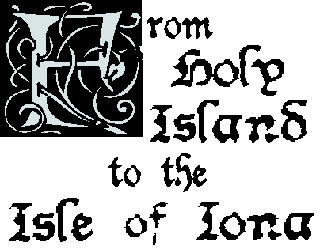
from Holy Island to the Isle of Iona


9 October 2010
The North Atlantic Arc Home
| September | /October/ | November |
| S | M | T | W | T | F | S |
| 27 | 28 | 29 | 30 | 1 | 2 | |
| 3 | 4 | 5 | 6 | 7 | 8 | 9 |
| 10 | 11 | 12 | 13 | 14 | 15 | 16 |
| 17 | 18 | 19 | 20 | 21 | 22 | 23 |
| 24 | 25 | 26 | 27 | 28 | 29 | 30 |
| 31 | 1 |
 |
|
Saturday 9 October 2010--The Royal Burgh of Inveraray is our eventual destination today. We could easily go entirely by road, through
Crianlarich via either Loch Lomond or Stirling; but I'm tired of those routes, and want to give the lads a taste of west coast ferry
travel (which will have the added benefit of getting us out of the car now and then). So westward we go, through Glasgow to Gourock.
I have in mind to to take a side-trip to an Antonine Wall site on the way--it would be the boys' only glimpse of the Roman Empire on
the trip. But I miss the turn-off and decide, reluctantly, that a few eroded earthworks are not the worth the time.
There are two ferry services from Gourock to Dunoon. One is operated by Caledonian MacBrayne, who run almost all of the west coast routes. I choose the other, operated by Western Ferries, because they run three vessels on a sixty-minute cycle, so that you almost never have to wait more than a few minutes to drive on. In fact, the Sound of Scarba is nudging into the slipway even as we pull into the short vehicle queue. The crossing is quick, and most passengers stay in their cars. We elect to enjoy the view and the brisk air from the upper deck. When we disembark, we seem to be in a different world, having left behind the central belt's exurban sprawl and entered the Highlands. The precise delineation of the Scottish Highlands will depend on your frame of reference. There are social and religious considerations, and even business ones--the cachet of being a Highland Scotch whisky distiller means that the industry's definition of the region is somewhat more broad than others'. The one indisputable geologic fact, however, is the Highland Boundary Fault, which bisects the isles of Arran and Bute and extends northeast to Stonehaven, just south of Aberdeen, on the east coast. In traversing the Firth of Clyde, we have passed directly over it. The change, of course, is not merely geological; the peninsular extension of Argyll we now cross is a virtual cul-de-sac in an age of road travel. Single-track roads carry us through the hills, around the head of Loch Striven, and along the Kyles of Bute. When we arrive, forty minutes later, at the ferry terminal at Portavadie, we find as remote-looking a slipway as I have seen anywhere. If nothing else has already, the size of the ferry that arrives shortly thereafter tips us off to the fact that this is not a heavily-traveled route. Across the mouth of Loch Fyne, we land at Tarbert. As I have noted elsewhere, Tarbert and Tarbet are common placenames in Scotland, the word meaning isthmus. Here, the great dangling peninsula of Kintyre, to the south, is attached to Knapdale by a sliver of land not a mile in width. The Viking Magnus Barelegs, having negotiated (through force or threat thereof) his sovereignty over the Western Isles, had his men drag his longboat across the narrow neck, thus asserting his dominion over the "Isle" of Kintyre. We three modern raiders content ourselves with a stroll around the harbor, and an assault on the Co-op in search of snacks. Then we are off up the western shore of Loch Fyne, through Lochgilphead to Kilmartin Glen. I've brought the lads here because there is nowhere in Scotland, outside of Orkney, with such a concentration of antiquities. We spend the rest of the afternoon looking at standing stones, a chambered tomb, burial cairns and cists, and cup-and-ring-marked stones. It's as well we skipped the Antonine Wall earlier; as it is, we don't have time for the fine display of medieval grave slabs at the local museum, the hillfort at Dunadd, a couple of castles, and who knows what else around the glen. We arrive at Inveraray late in the afternoon, and our attempt to book a table for dinner at the George Hotel is a bit tardy for a Saturday night. We're told to come, anyway, and get our names on the waiting list. We are not long in the public bar--a pint and a half, maybe--before we're shown our seats. I've eaten in the George several times, and it's always very good, but what follows now is simply the best meal, by far, that I've ever had in Scotland. We each start with a cold seafood plate; then it's salmon for me, halibut for Win, and venison for Scott, all top-notch. We have dessert, unusual for all of us, and I order us each a dram of Aberlour a'bunadh to go with it. Perfect. A few pints and the music of an exuberant young trio cap off a splendid evening and a great day. Next |
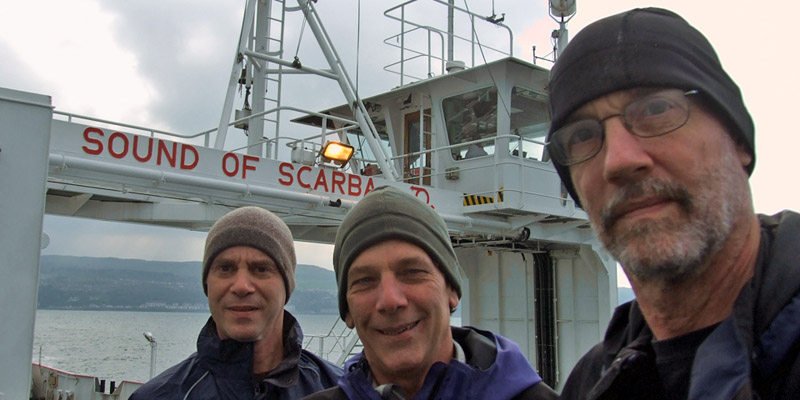 |
Aboard the Sound of Scarba
 |
Sister Ship
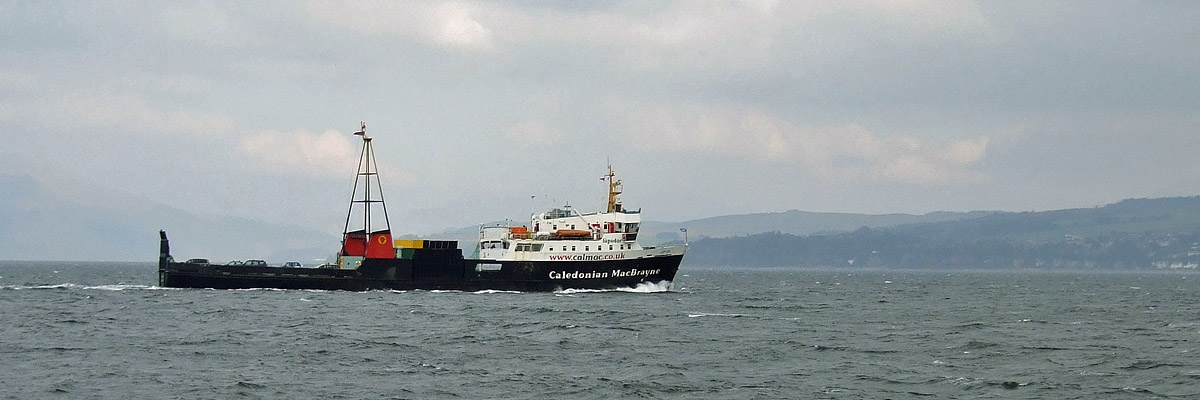 |
The Competition
 |
Portavadie
 |
Tarbert
 |
Standing Stones, Kilmartin Glen
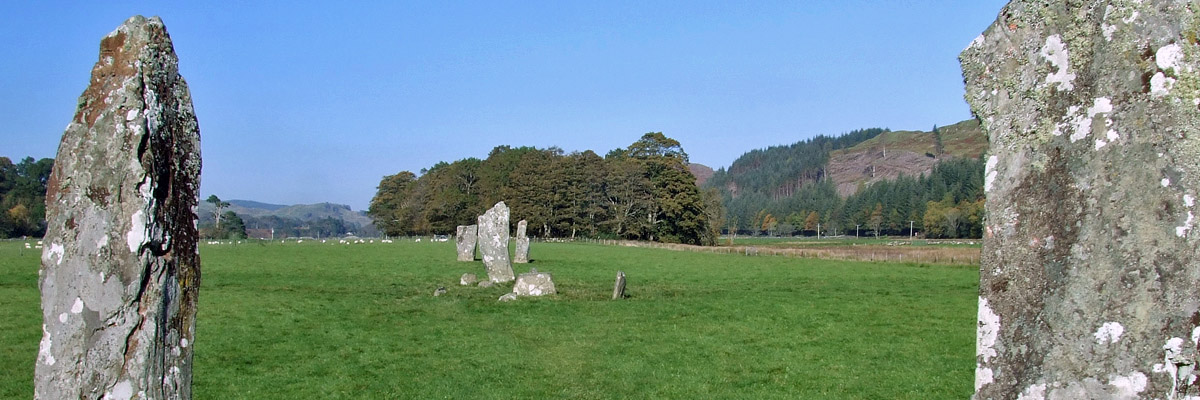 |
Standing Stones, Kilmartin Glen
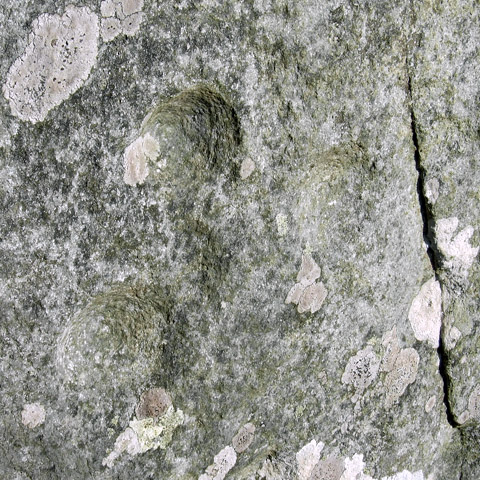 |
Cupmarks on Standing Stone
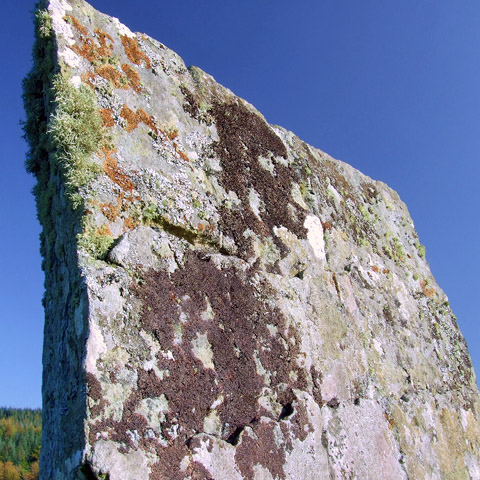 |
Standing Stone
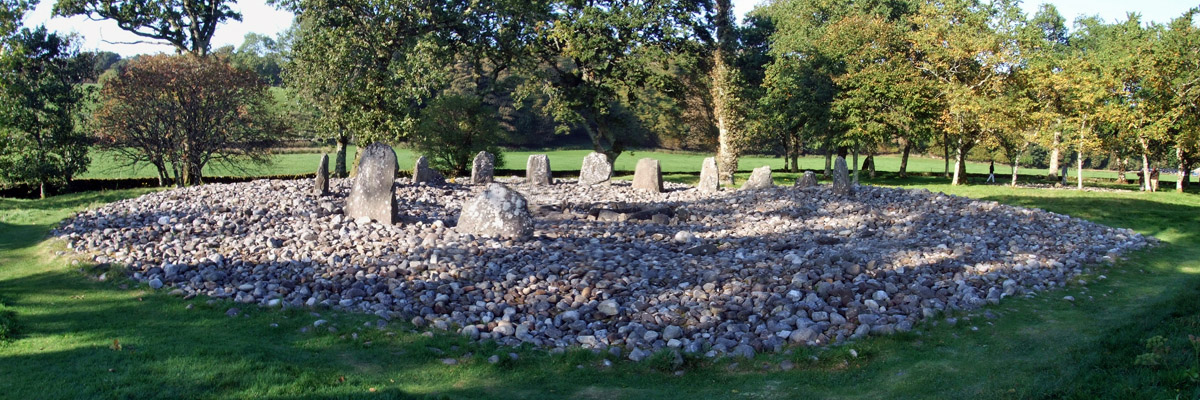 |
Temple Wood Stone Circle
 |
Temple Wood Stone Circle
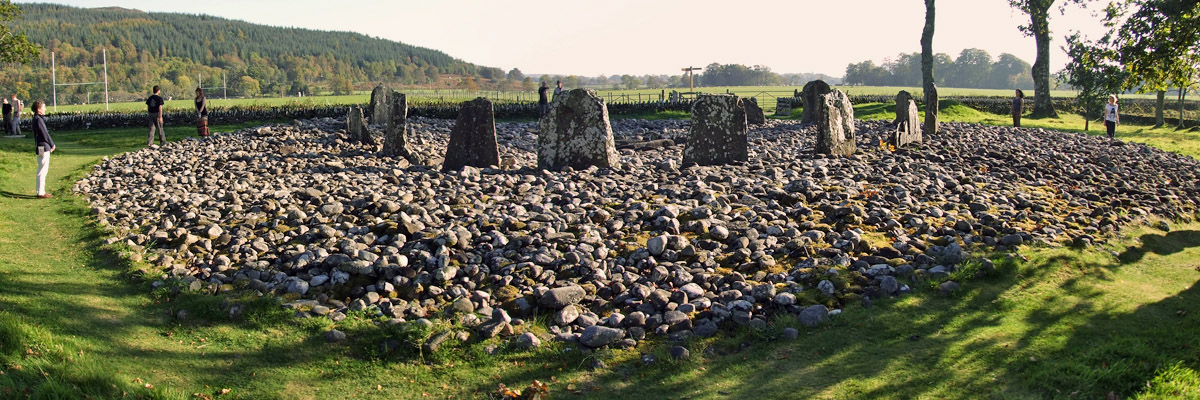 |
Temple Wood Stone Circle
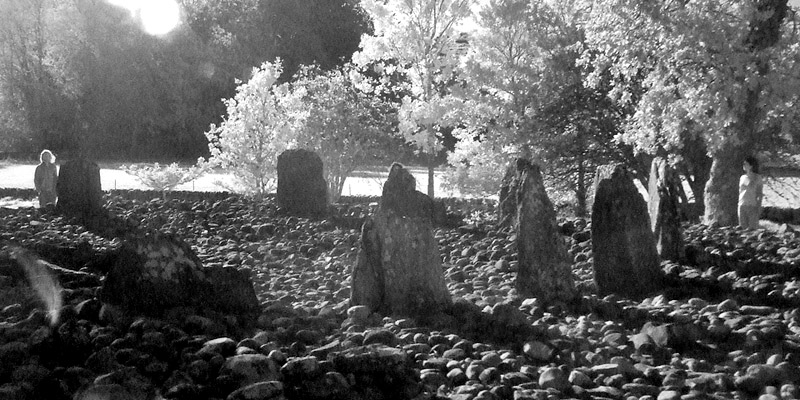 |
Temple Wood Stone Circle
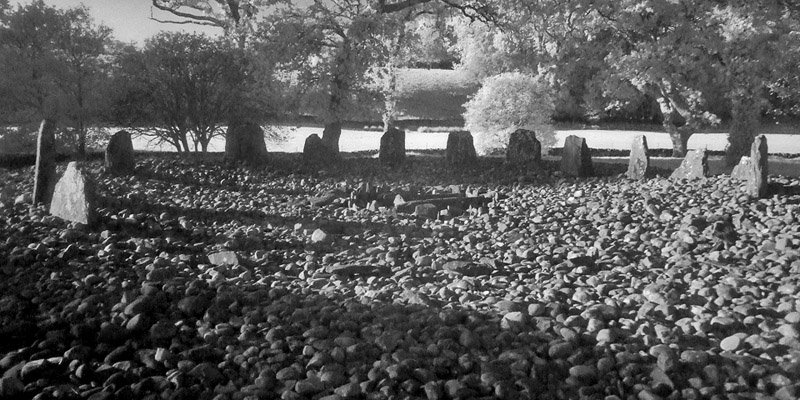 |
Temple Wood Stone Circle
 |
Temple Wood Stone Circle
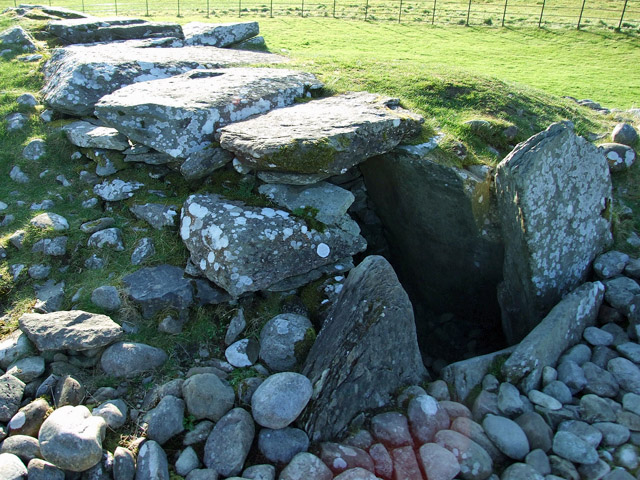 |
Chambered Tomb
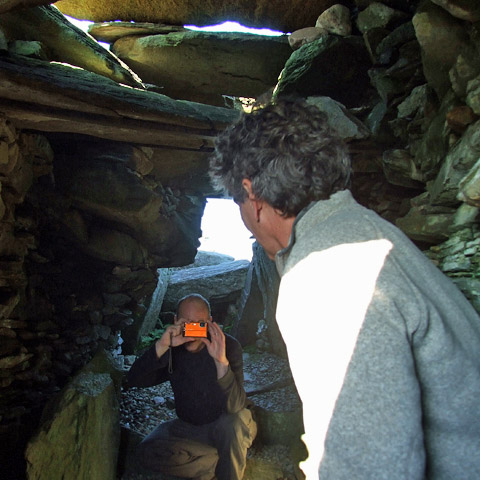 |
Inside the Tomb
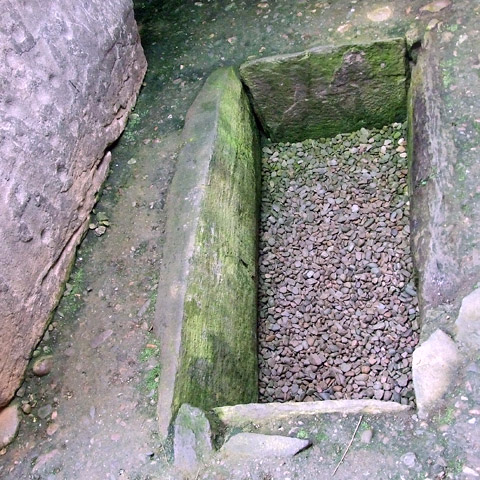 |
Burial Cist
 |
Cup-and-Ring Marked Stone
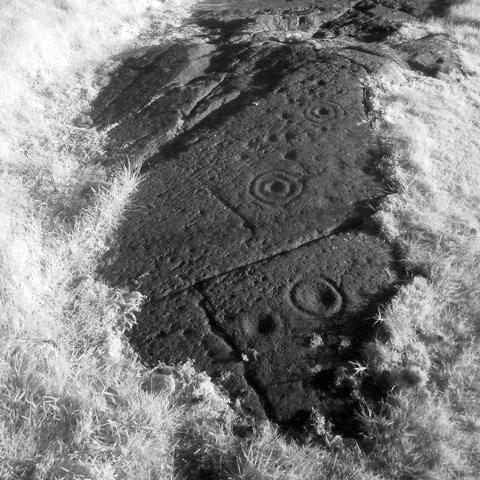 |
Cup-and-Ring Marked Stone
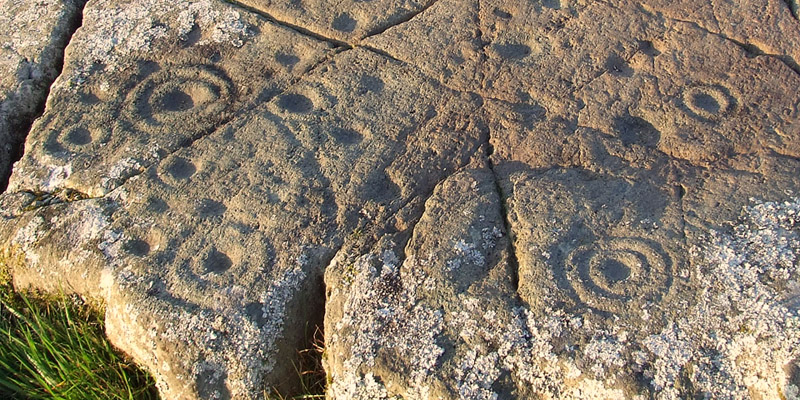 |
Cup-and-Ring Marked Stone
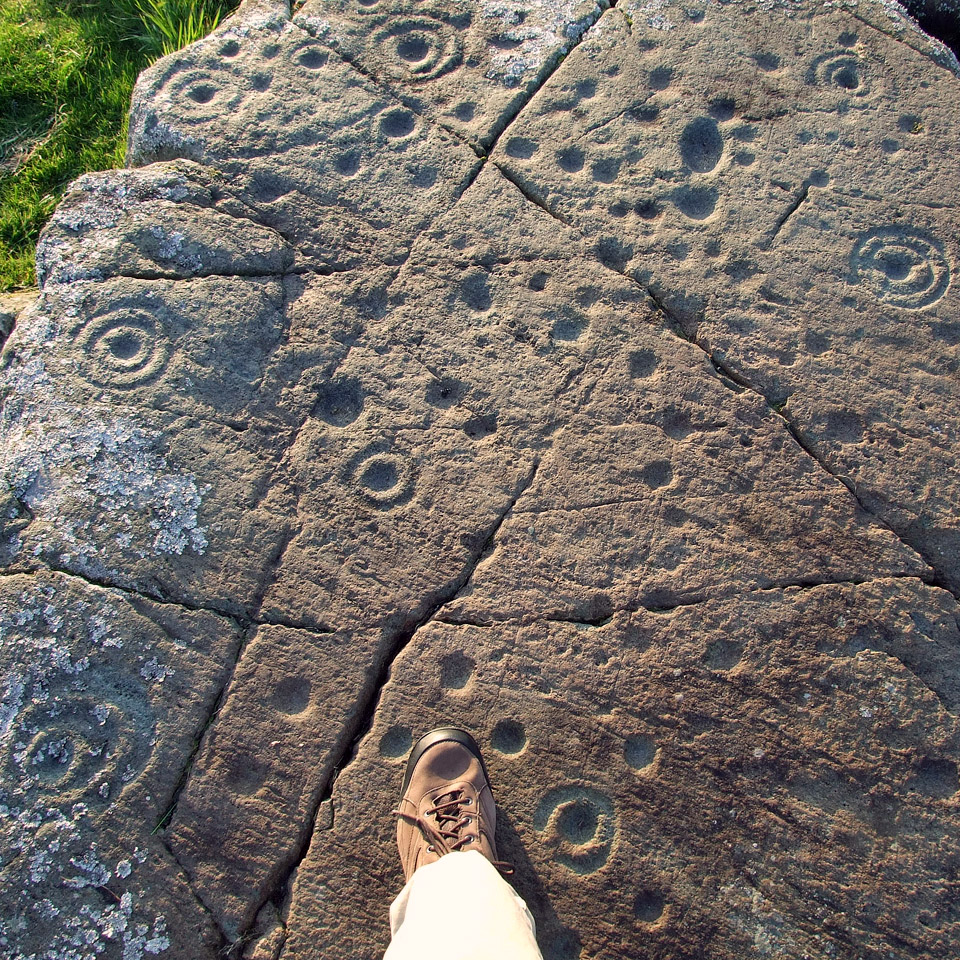 |
This Old Man, He Play Two, He Put Cup Mark On My Shoe
Next
| September | /October/ | November |
| S | M | T | W | T | F | S |
| 27 | 28 | 29 | 30 | 1 | 2 | |
| 3 | 4 | 5 | 6 | 7 | 8 | 9 |
| 10 | 11 | 12 | 13 | 14 | 15 | 16 |
| 17 | 18 | 19 | 20 | 21 | 22 | 23 |
| 24 | 25 | 26 | 27 | 28 | 29 | 30 |
| 31 | 1 |
The North Atlantic Arc Home
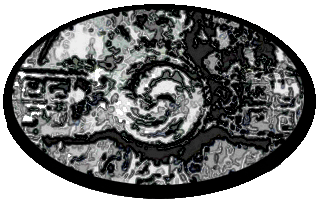
Mr Tattie Heid's Mileage
Results may vary